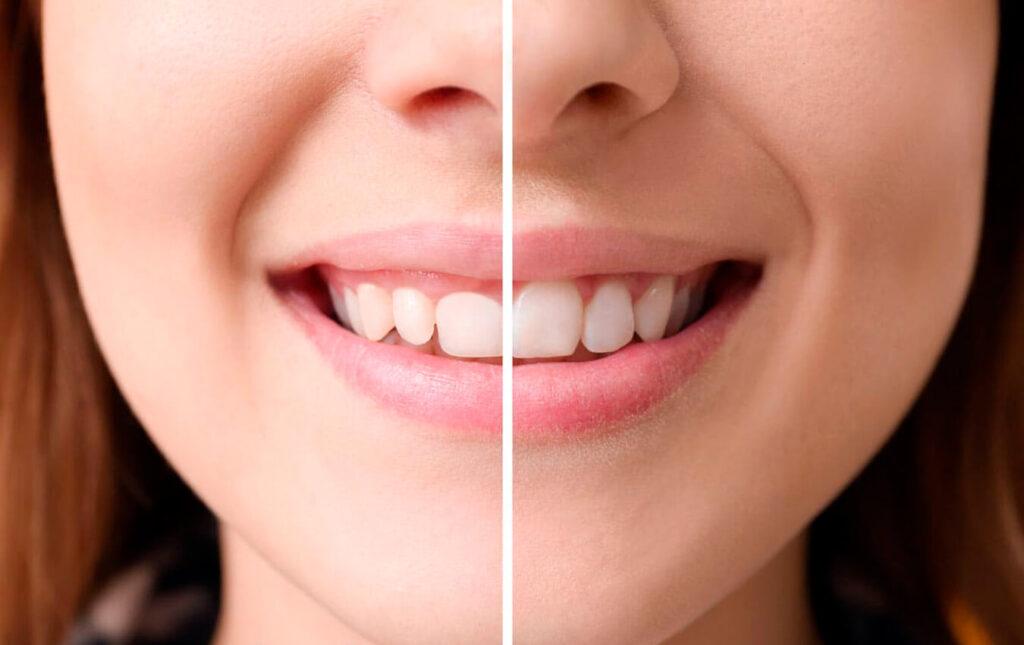
Benefits
among the indications for gingivectomy are:
- gingival hypertrophy or hyperplasia
- excisional or incisional gingival biopsy
- elimination of shallow supraboney pockets with retention of adequate attached gingiva
Who is this procedure for?
Nowadays, gingivectomy is more commonly used as a cosmetic technique. Gum tissue needs to be removed mainly for two reasons: in time, pockets are formed between the teeth and gums, making difficult to maintain the area clean. Provided that these pockets involve only soft tissue, it can be removed by trimming the gums (gingivectomy). The other reason is that sometimes gum tissue overgrows around teeth making difficult to keep your teeth clean, and it can interfere with chewing and speech. In both cases, gingivectomy is used to correct malformed or asymmetrical gums caused by genetics, disease or trauma, but it might be done solely for cosmetic purposes.
Who should not consider this procedure?
In cases where there is inadequate attached gingiva or extension of horizontal and vertical pockets below the mucogingival line, gingivectomy is contraindicated. Anyway, a pre-examination before the procedure will elucidate the most likely to appear problems during the procedure.
What happens before the procedure?
Before the gingivectomy procedure, your periodontist will provide you advice regarding oral hygiene before and after the procedure as well as any other information and instructions to follow. A gingivectomy is done after a thorough cleaning and in some cases root planning, in order to remove tartar from existing pockets.
What happens during the procedure?
This procedure is done under local anesthetic. After receiving an injection to you’re your gums, the gingivectomies are done with scalpes, but they can be also done with electrosurgery units, lasers or diamond dental burs. Other specialized instruments are used, those designed for these types of procedures, with angled blades to help them get around teeth. Depending on how much tissue must be removed, a gingivectomy lasts between a few minutes to an hour but typically they are done in a couple of minutes. A bandage will be placed on your gums, which is left there up to 10 days during which you will have to follow a soft diet. After 7-10 days you will return to have the pack removed.
What happens after the procedure?
Prescriptions might be given to you for pain as well as a chlorhexidine mouthwash as it is very important to keep your mouth clean. No major risks have been registered, infection being very rare. Gingivectomy is not considered a cause of pain, but people have different levels of pain. Bleeding is also rare although it is common to be present in the first 24-48 hours. The overall normal look of your gums is done in 3-4 weeks, but the complete healing can least up to 3 months. During this period of time, if you believe that the prescribed medical treatment cannot control the pain, you should appeal to the periodontist.

